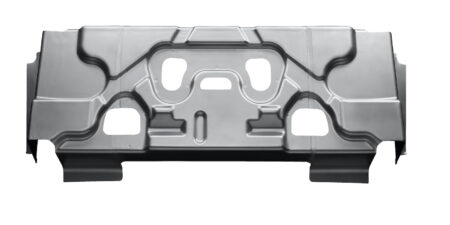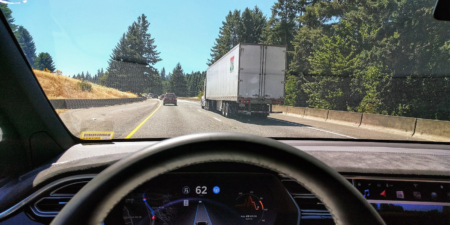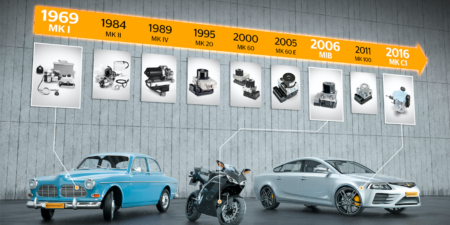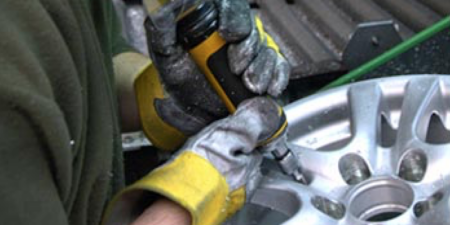40% of a vehicle’s architecture now consists of electronics such as stability control systems, so cybersecurity is one of the most pressing challenges now facing the automotive industry. Prioritising operational resilience from the design stages of a vehicle is a must for ensuring safety, security and functionality
Author: Opinion Writers
While regulation is useful as an enabler for technical advancement and technology diffusion, it is difficult to achieve this in practice for CAVs
Continued investment in EV and CAV technologies are key 2020 trends driving increasing R&D costs, says engineering consultancy Horiba MIRA, which also expects further industry restructuring to prioritise R&D funding, as well as collaboration between start-ups, major OEMs, the supply chain and governments to prioritise new growth areas
Hot Form Quench (HFQ) technology can enable faster, less expensive high-volume automotive OEM production of lighter weight vehicle parts. The RACEForm project explains how it has developed an innovative aluminium manufacturing process project validated for high-volume automotive OEM applications
The technology on show at CES 2020 promises to drive architecture transformation in vehicles, bringing disruption and opportunity
As a society, we are often too quick to adopt emerging technologies without considering the security implications – whilst manufacturers often neglect to build security by design into vehicles and other connected devices. All this leaves new tools and technologies wide open to attack – with connected cars at particular risk, given the dangers associated with everyday driving
The advent of the internet and artificial intelligence has unlocked a whole new field of progress in the auto industry. See what the future holds for the automotive industry through a fantastic series of infographics
The UK Government’s announced £300m of funding for connected and autonomous vehicle (CAV) projects is unlikely to establish the country as a leader in CAV technology; however, it will be well positioned to become a global hub for CAV testing and regulatory development
At the IAA 1969 in Frankfurt am Main, Continental presented an ABS for the first time. Over the five decades since, ABS has undergone extensive development, with today’s systems having up to 50 additional functions. This is the story behind the life-saving technology
WheelWorx Refinishing, an alloy wheel specialist, shares the processes involved in manufacturing alloy wheels











